China and porcelain
The European name, porcelain in English, comes from the old Italian porcellana (cowrie shell) because of its resemblance to the surface of the shell. Porcelain is also referred to as china or fine china in some English-speaking countries, as it was first seen in imports from China.
Properties associated with porcelain include low permeability and elasticity; considerable strength, hardness, toughness, whiteness, translucency and resonance; and a high resistance to chemical attack and thermal shock.

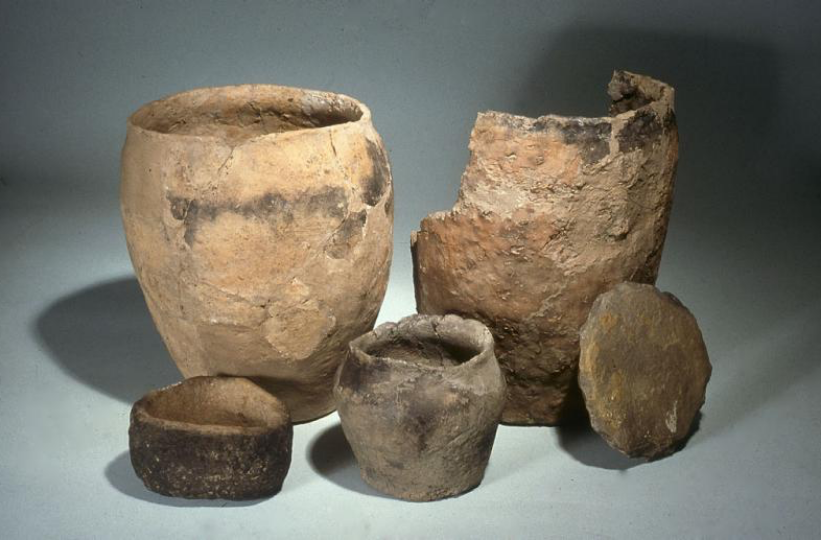
1. First Pottery
The treatment of ceramics and porcelain originated in China. The first pottery dates back to 20,000 BC while very sophisticated products were produced from 3,000 BC.
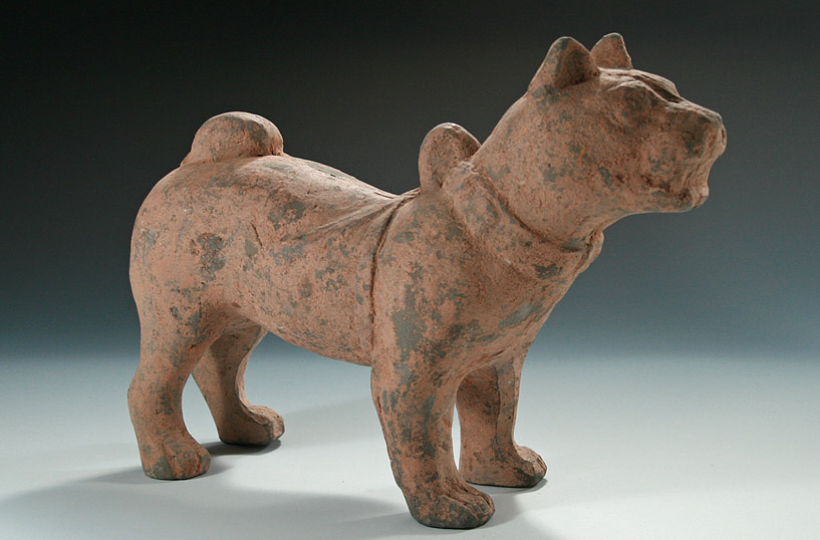
2. East Han Dynasty
Porcelain that abides by the modern definition is said to date back over 2,000 years. Some of the first evidence of porcelain pieces have been traced back to the Eastern Han Dynasty in China. At this time, Celadon – China’s famous jade green glaze that was often found on porcelain works – was very popular.
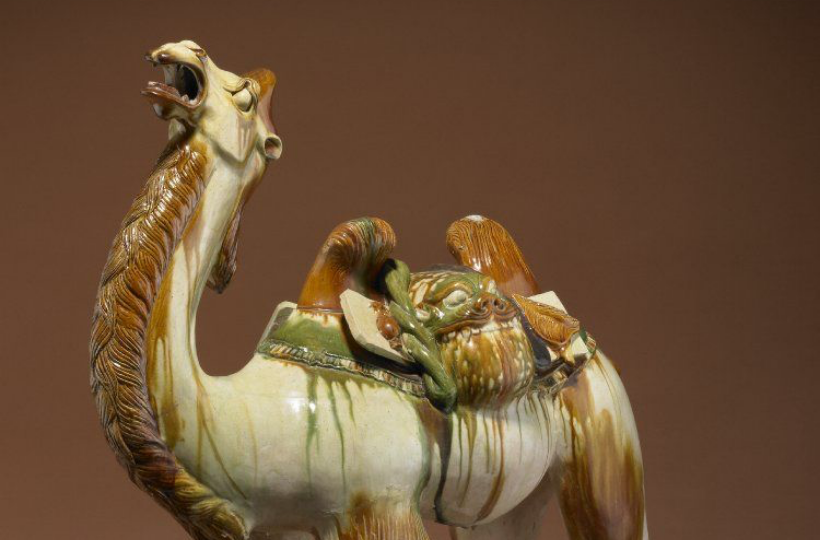
3. Tang
Due to the rise in popularity in the art of tea drinking, ceramic wares including teacups and accessories were touted all along the northern Silk Road, The wares were already being exported to the Islamic world, where they were highly prized.
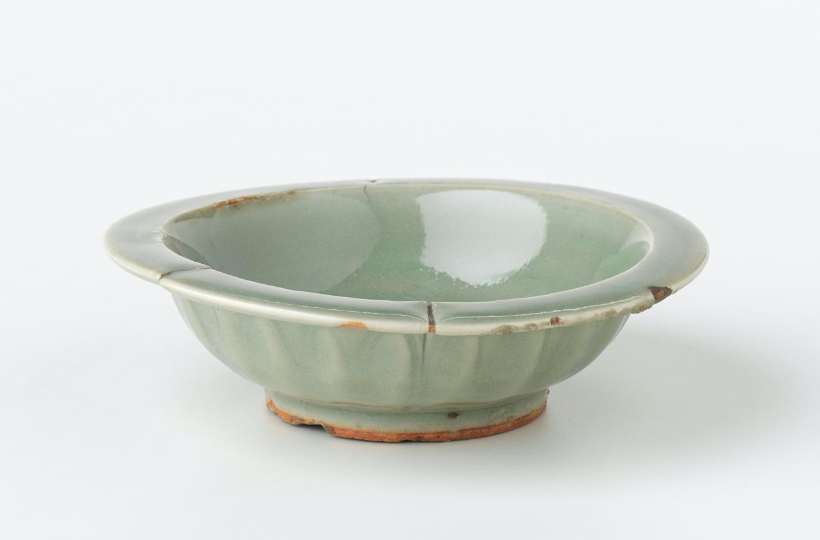
4. Song
Porcelain that abides by the modern definition is said to date back over 2,000 years. Some of the first evidence of porcelain pieces have been traced back to the Eastern Han Dynasty in China. At this time, Celadon – China’s famous jade green glaze that was often found on porcelain works – was very popular.
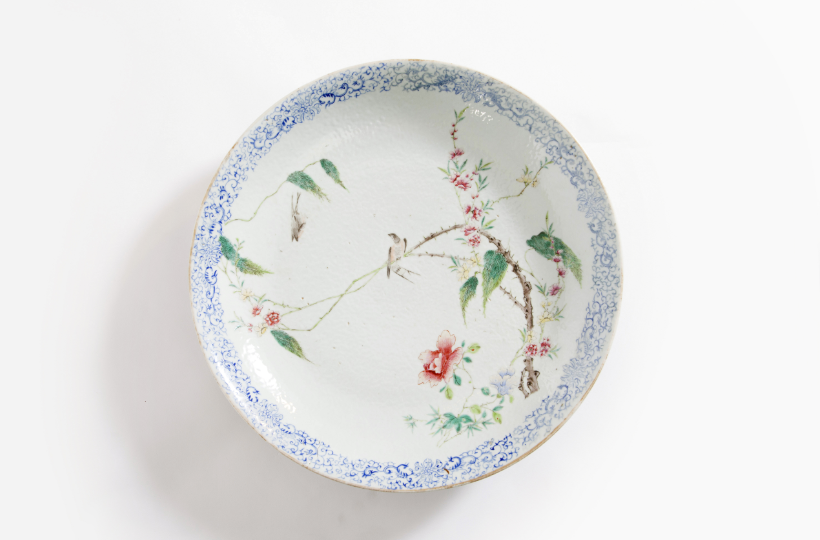
5. Tang
By the time of the Ming dynasty, porcelain wares were being exported to Europe. Some of the most well-known Chinese porcelain art styles arrived in Europe during this era, such as the coveted “blue-and-white” wares. These were regarded as rare curios and art objects and were often mounted in precious metals.
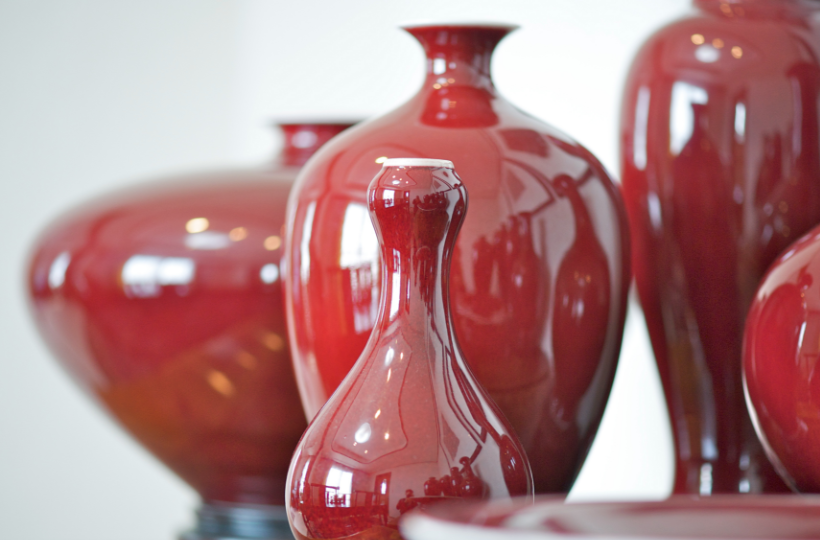
6. Qing
Eventually, porcelain and the expertise required to create it began to spread into other areas of East Asia. During the Song dynasty, artistry and production had reached new heights. The manufacture of porcelain became highly organised, and the dragon kilns excavated from this period could fire as many as 25,000 pieces at a time and over 100,000 by the end of the period.
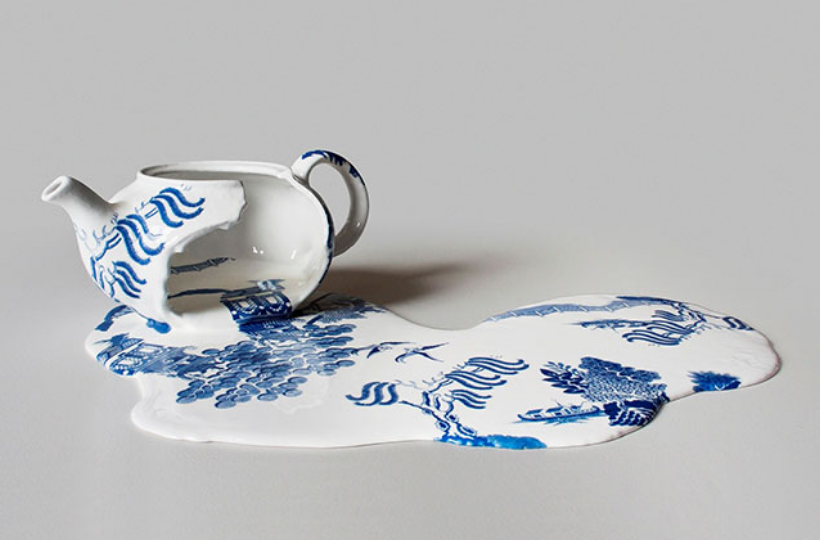
7. Present
Ancient pieces still worth a fortune, collectors would pay tens of million to auction the rare ones. New porcelain pieces have been rejuvenated with new elements and still glowing as a world leader in the 80s, China started the trend of economic reform and open up to the West again. China imported advance production machinery from Europe to increase their scale of production.
